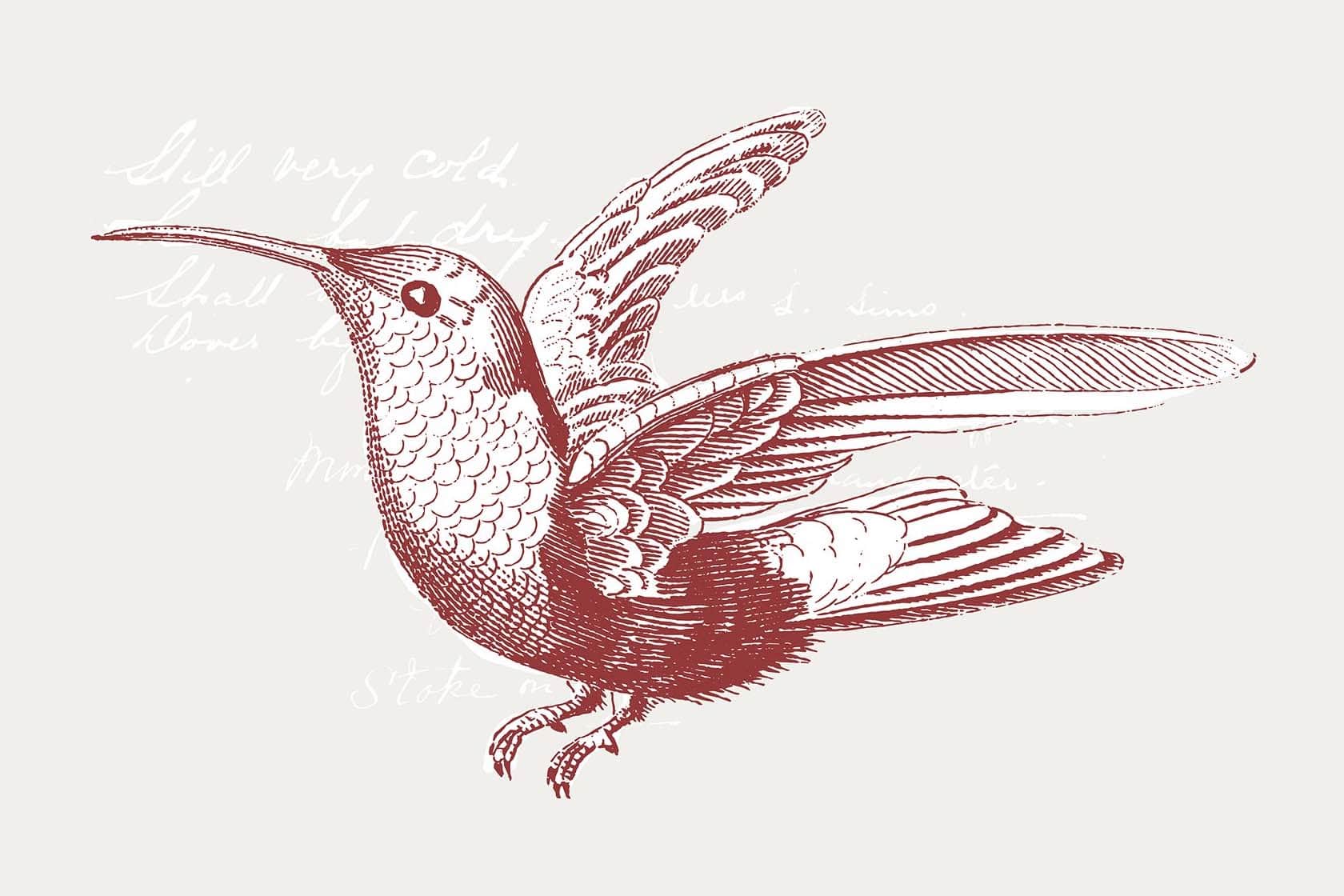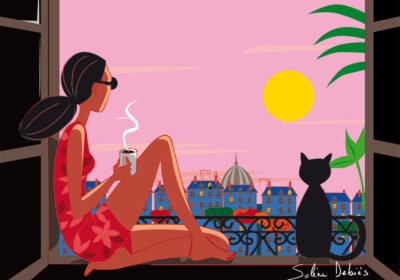Illustration
Some artists use a computer to create an artwork which is defined as digital illustration. Some others draw with a pen and ink or paint with acrylic, oil, watercolor and pastel. Illustrators explain stories using different subjects like animals, flowers, clothes, nature, characters, geometric shapes etc. Illustration Exchange offers easy access to a growing collection of sermon illustrations that are fresh, relevant and practical. The site is updated daily with new submissions from the staff and our contributing members. If you'd like to join our active community, please take a minute to read more about our membership options below. IllustrationX, global Illustrators agency - We’ll connect you with the right illustrator and artist, every time - who work in a vast range of illustration styles. Illustration.com is the site for graphic illustration and illustrators from around the world.
Find your perfect free illustration for your next project. Illustrations at Canva are: Free for commercial use No attribution required.
An illustration is a decoration, interpretation or visual explanation of a text, concept or process,[1] designed for integration in published media, such as posters, flyers, magazines, books, teaching materials, animations, video games and films. An illustration is typically created by an illustrator. Illustration also means providing an example; either in writing or in picture form. Illustrations are the drawings you find to make websites and apps more user-friendly (think emojis). [2]
The origin of the word “illustration” is late Middle English (in the sense ‘illumination; spiritual or intellectual enlightenment’): via Old French from Latinillustratio, from the verb illustrare.[3]
Illustration butts[edit]
Contemporary illustration uses a wide range of styles and techniques, including drawing, painting, printmaking, collage, montage, digital design, multimedia, 3D modelling. Depending on the purpose, illustration may be expressive, stylised, realistic or highly technical.
Specialist areas[4] include:
Technical and scientific illustration [edit]
Technical and scientific illustration communicates information of a technical or scientific nature. This may include exploded views, cutaways, fly-throughs, reconstructions, instructional images, component designs, diagrams. The aim is 'to generate expressive images that effectively convey certain information via the visual channel to the human observer'.[5]

Technical and scientific illustration is generally designed to describe or explain subjects to a nontechnical audience, so must provide 'an overall impression of what an object is or does, to enhance the viewer's interest and understanding'.[6]
In contemporary illustration practice, 2D and 3D software is often used to create accurate representations that can be updated easily, and reused in a variety of contexts.
Illustration as fine art[edit]
In the art world, illustration has at times been considered of less importance than graphic design and fine art.
Today, however, due in part to the growth of graphic novel and video game industries, as well as increased use of illustration in magazines and other publications, illustration is now becoming a valued art form, capable of engaging a global market.
Original illustration art has been known to attract high prices at auction. The US artist Norman Rockwell's painting 'Breaking Home Ties' sold in a 2006 Sotheby's auction for USD15.4 million.[7] Many other illustration genres are equally valued, with pinup artists such as Gil Elvgren and Alberto Vargas, for example, also attracting high prices.
History[edit]
Historically, the art of illustration is closely linked to the industrial processes of printing and publishing.
Early history[edit]
The illustrations of medieval codices were known as illuminations, and were individually hand drawn and painted. With the invention of the printing press during the 15th century, books became more widely distributed, often illustrated with woodcuts.
Some of the earliest illustrations come from the time of ancient Egypt (Khemet) often as hieroglyph. A classic example of illustrations exists from the time of The Tomb of Pharaoh Seti I, circa 1294 BC to 1279 BC, who was father of Ramses II, born 1303 BC.
1600s Japan saw the origination of Ukiyo-e, an influential illustration style characterised by expressive line, vivid colour and subtle tones, resulting from the ink-brushed wood block printing technique. Subjects included traditional folk tales, popular figures and every day life. Hokusai’s The Great Wave of Kanazawa is a famous image of the time.
During the 16th and 17th centuries in Europe, the main reproduction processes for illustration were engraving and etching. In 18th Century England, a notable illustrator was William Blake (1757–827), who used relief etching. By the early 19th century, the introduction of lithography substantially improved reproduction quality.
19th century[edit]
In Europe, notable figures of the early 19th Century were John Leech, George Cruikshank, Dickens illustrator Hablot Knight Browne, and, in France, Honoré Daumier. All contributed to both satirical and “serious” publications. At this time, there was a great demand for caricature drawings encapsulating social mores, types and classes.
The British humorous magazine Punch (1841–2002) built on the success of Cruikshank's Comic Almanac (1827–1840) and employed many well-regarded illustrators, including Sir John Tenniel, the Dalziel Brothers, and Georges du Maurier. Although all fine art trained, their reputations were gained primarily as illustrators.
Historically, Punch was most influential in the 1840s and 1850s. The magazine was the first to use the term 'cartoon' to describe a humorous illustration and its widespread use led to John Leech being known as the world's first 'cartoonist'.[8] In common with similar magazines such as the Parisian Le Voleur, Punch realised good illustration sold as well as good text. With publication continuing into the 21st Century, Punch chronicles a gradual shift in popular illustration, from reliance on caricature to sophisticated topical observation.
The 'Golden Age'[edit]
From the early 1800s newspapers, mass-market magazines, and illustrated books had become the dominant consumer media in Europe and the New World. By the 19th century, improvements in printing technology freed illustrators to experiment with color and rendering techniques. These developments in printing effected all areas of literature from cookbooks, photography and travel guides, as well as children's books. Also, due to advances in printing, it became more affordable to produce color photographs within books and other materials.[9] By 1900, almost 100 percent of paper was machine-made, and while a person working by hand could produce 60-100lbs of paper per day, mechanization yielded around 1,000lbs per day.[10] Additionally, in the 50 year period between 1846 and 1916, book production increased 400% and the price of books was cut in half.[10]
In Europe, Golden Age illustrators were largely influenced by such art movements as the Pre-Raphaelites, Art Nouveau, Arts and Crafts and Les Nabis. Leading illustrators included Walter Crane, Edmund Dulac, Aubrey Beardsley, Arthur Rackham and Kay Nielsen.[11]
In America, this led to a 'golden age of illustration' from before the 1880s until the early 20th century. A small group of illustrators became highly successful, with the imagery they created considered a portrait of American aspirations of the time.[12] Among the best-known illustrators of that period were N.C. Wyeth and Howard Pyle of the Brandywine School, James Montgomery Flagg, Elizabeth Shippen Green, J. C. Leyendecker, Violet Oakley, Maxfield Parrish, Jessie Willcox Smith, and John Rea Neill.
See also[edit]
References[edit]
- ^cf. the freely available international Database of Scientific Illustrators 1450-1950 with 20 search fields and nearly 7000 entries of illustrators in science, medicine & technology active prior to 1950
- ^'What Is Illustration? A Look at Its Modern Beginnings to How It Is Used Today'. My Modern Met. 2020-03-07. Retrieved 2020-11-28.
- ^'Oxford Dictionary'.
- ^'Prospects.ac.uk'.
- ^Ivan Viola and Meister E. Gröller (2005). 'Smart Visibility in Visualization'. In: Computational Aesthetics in Graphics, Visualization and Imaging. L. Neumann et al. (Ed.)
- ^Industriegrafik.comArchived 2009-08-14 at the Wayback Machine website, Last modified: June 15, 2002. Accessed february 15, 2009.
- ^Norman Rockwell's Rising Value Prices Out His Museum Zac Bissonnette, AOL Daily Finance, 2-22-10
- ^'How Punch Magazine Changed Everything'. Illustration Chronicles. Retrieved 12 September 2017.
- ^Lyons, Martyn (2011). Books: A Living History. London: Thames & Hudson. pp. 193–196. ISBN9780500291153.
- ^ abLeighton, Mary Elizabeth; Surridge, Lisa (2012). 'Victorian Print Media and the Reading Public'. The Broadview Anthology of Victorian Prose: 1832- 1901. Peterborough, ON: Broadview Press. p. 14.
- ^'The Golden Age of Illustration'. artcyclopedia.com. Retrieved 26 December 2020.
- ^The R. Atkinson Fox Society: What Was the Golden Age of Illustration?
External links[edit]
- Media related to Illustrations at Wikimedia Commons
- Quotations related to Illustration at Wikiquote
Also found in: Thesaurus, Medical, Financial, Acronyms, Encyclopedia, Wikipedia.
il·lus·tra·tion
(ĭl′ə-strā′shən)n.illustration
(ˌɪləˈstreɪʃən) nil•lus•tra•tion
(ˌɪl əˈstreɪ ʃən)n.
| Noun | 1. | illustration - artwork that helps make something clear or attractive legend, caption - brief description accompanying an illustration artwork, graphics, nontextual matter, art - photographs or other visual representations in a printed publication; 'the publisher was responsible for all the artwork in the book' pictorial matter, picture - illustrations used to decorate or explain a text; 'the dictionary had many pictures' fig, figure - a diagram or picture illustrating textual material; 'the area covered can be seen from Figure 2' |
| 2. | illustration - showing by example demo, demonstration - a visual presentation showing how something works; 'the lecture was accompanied by dramatic demonstrations'; 'the lecturer shot off a pistol as a demonstration of the startle response' | |
| 3. | illustration - an item of information that is typical of a class or group; 'this patient provides a typical example of the syndrome'; 'there is an example on page 10' information - knowledge acquired through study or experience or instruction apology, excuse - a poor example; 'it was an apology for a meal'; 'a poor excuse for an automobile' exception - an instance that does not conform to a rule or generalization; 'all her children were brilliant; the only exception was her last child'; 'an exception tests the rule' case in point, precedent - an example that is used to justify similar occurrences at a later time quintessence - the most typical example or representative of a type sample - a small part of something intended as representative of the whole specimen - an example regarded as typical of its class | |
| 4. | illustration - a visual representation (a picture or diagram) that is used make some subject more pleasing or easier to understand plate - a full-page illustration (usually on slick paper) representation - a creation that is a visual or tangible rendering of someone or something |
illustration
 noun
nounillustration
noun1. Something that serves to explain or clarify:illustration
[ˌɪləsˈtreɪʃən]N (in book, paper) → ilustraciónf; (= example) → ejemplom, ilustraciónf; (= explanation) → explicaciónf
explicaciónfby way of illustration → a modo de ejemplo, a títuloilustrativo
illustration
[ˌɪləˈstreɪʃən]nan illustration of sth → une illustration de qch
an illustration of China's dynamism → une illustration du dynamismechinois
as an illustration of sth
I included a few examples as illustrations of the difficulty of our work → J'ai inclusquelquesexemples pour illustrer la difficulté de notre travail.
illustration
nillustration
[ˌɪləsˈtreɪʃ/ən]n → illustrazionef; (example) → esemplificazionefby way of illustration → a titolo d'esempio
illustrate
(ˈiləstreit) verb
 ) , ((American) iˈlastrətiv)
) , ((American) iˈlastrətiv) Illustration Art
adjectiveillustration
→ إِيضَاحٌ ilustrace illustrationIllustrationεικονογράφησηilustración kuvitusillustration ilustracijaillustrazione 挿絵 삽화illustratieillustrasjonilustracjailustraçãoиллюстрация illustrering ภาพประกอบresimleme sự minh họa例证illustration
Free Vector Images No Copyright
Want to thank TFD for its existence? Tell a friend about us, add a link to this page, or visit the webmaster's page for free fun content.